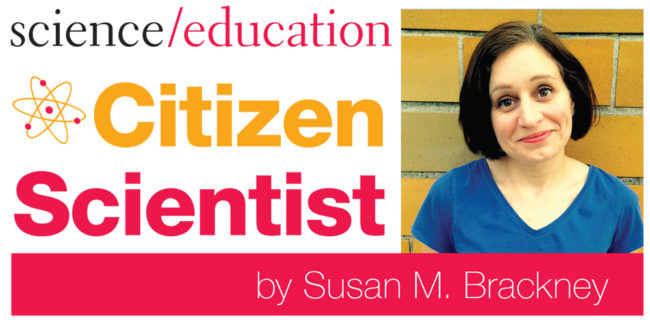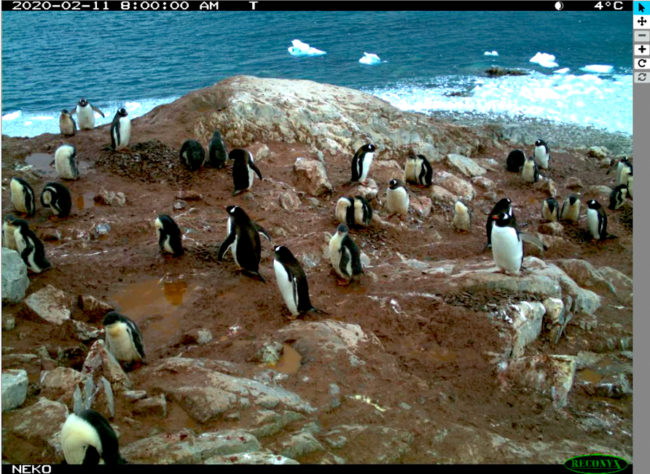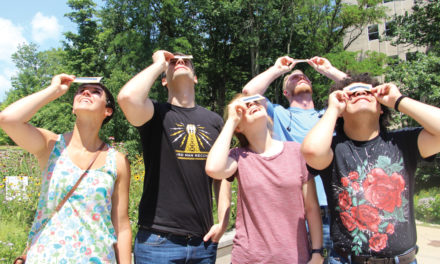
by SUSAN M. BRACKNEY
Maybe you’re understandably wilted from the heat. Or you’re still recovering from the cicadas—or the piles of what’s left of them. Happily, you can still contribute to real research while in the great indoors thanks to Penguin Watch.

A screen capture of the Penguin Watch Program. Courtesy photo
Employing nearly 100 automated cameras, the penguin-monitoring project affords chilly, time-lapse footage of gentoo, chinstrap, Adélie, emperor, macaroni, and king penguin colonies in Antarctica and around some of the Southern Ocean islands nearby. Citizen scientists are invited to work on two different Penguin Watch tasks: classifying adult penguins, chicks, and eggs caught on camera or marking viable penguin eggs and chicks within aerial views of nest sites.
Incidentally, both tasks put me in an unexpectedly Zen place. There is something relaxing about the crisp landscapes dotted with penguins living their lives. Of course, the University of Oxford researchers behind Penguin Watch didn’t start the project for its meditative value.
Why Penguins?
Think of these seabirds as tuxedo-ed canaries in the coalmine. According to the University of Oxford’s Dr. Fiona M. Jones, penguins are plagued by “environmental stressors such as invasive species, overfishing, pollution, and climate change.”
Sea ice change also works in tandem with expanding krill fisheries to create a breakdown in the Antarctic food web. Krill is a lucrative omega-3 supplement, which makes it in-demand for human consumption.
To date, some 50,000 citizen scientists have made more than 6.5 million classifications within Penguin Watch. Their efforts have helped to train a machine-learning algorithm to “see” penguins on its own.
The resulting year-over-year data collected can reveal changes in penguin population numbers, mating and nesting habits, and more.
The work has already made a real-world difference. Penguin Watch presented local government officials with scientific evidence about the numbers and types of penguins and their foraging areas. Researchers also recommended protective measures for these populations which the government subsequently adopted.
Getting Started
Penguin Watch doesn’t require user registration. Instead, you simply choose egg hunting or penguin classifying, read some brief guidelines, and dive in. At first I saw only an empty, rocky shore. But the web- based interface enables image zooming, rotation, and navigation as needed, and, as my focus deepened, 14 adult penguins revealed themselves.
It helps to study the overall image first and then examine the available “Field Guide” for the pertinent species, its life stages, and habits. Next, apply the “Adults,” “Chicks,” “Eggs,” and “Other” tags or the “Empty nest,” “Egg in nest,” or “Chick in nest” tags accordingly. Be prepared for some potentially macabre discoveries—dead and injured penguins appear occasionally.
Visit magbloom.com/penguinwatch for more information.










